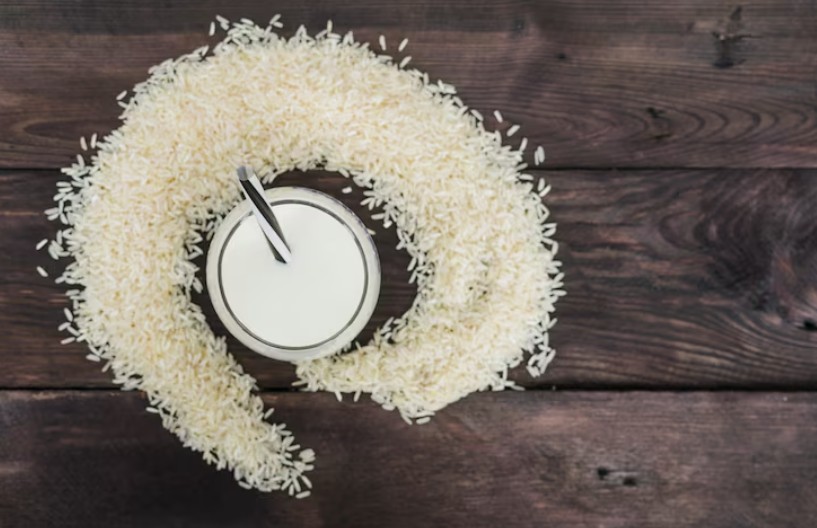
Introduction
Rice is one of the most beloved staples in kitchens around the world, celebrated for its versatility and comforting qualities. Among the many varieties available, basmati rice holds a special place, especially for its distinctive aroma, slender grains, and light, fluffy texture. For families and chefs alike, knowing how to cook basmati rice perfectly can transform an ordinary meal into a delightful culinary experience.
Gautam Rice has been at the forefront of providing premium quality rice to households and restaurants, focusing on quality and authenticity. One of the highlights of their range is the extra long grain basmati rice, prized for its elegant length, aromatic fragrance, and exceptional cooking performance. In this article, we’ll explore the secrets to achieving fluffy, aromatic basmati rice, along with tips for storage, cooking, and pairing with a variety of dishes.
Understanding Basmati Rice
Basmati rice is a variety of long-grain rice traditionally grown in India and Pakistan. Its name is derived from the Sanskrit word “Vasmati,” which means “fragrant.” True basmati rice is characterized by its unique aroma, elongated grains, and ability to remain separate and fluffy after cooking.
The extra long grain basmati rice is a premium variant of this rice, with grains that can stretch up to 8 mm or longer. These grains expand significantly during cooking, producing a visually appealing and texturally superior result. Its delicate aroma and soft texture make it an ideal choice for biryanis, pilafs, or as a side dish to complement rich gravies.
Why Grain Length Matters
Grain length plays a crucial role in the final texture of rice. Longer grains tend to remain separate after cooking, which prevents the clumping often seen with shorter varieties. When you choose extra long grain basmati rice, you are ensuring:
-
Fluffiness: Each grain remains distinct, giving a light, airy texture.
-
Elegance on the plate: Long grains add visual appeal, perfect for festive meals.
-
Enhanced aroma: The longer grains allow the rice to retain its signature nutty, floral fragrance.
Choosing the Right Rice
Selecting high-quality rice is the first step to perfect results. Look for:
-
Uniform, unbroken grains: Avoid rice with too many broken pieces.
-
Fragrance: Premium basmati rice should have a natural, aromatic scent even in its uncooked form.
-
Color: Ideally, the grains should be ivory white, with a slightly translucent appearance.
Gautam Rice carefully sources its extra long grain basmati rice from trusted farms, ensuring each grain meets these high standards.
Soaking and Rinsing: The Key to Fluffy Rice
One of the most overlooked steps in cooking rice is soaking. Soaking rice for 20–30 minutes before cooking allows the grains to absorb water, reducing cooking time and preventing breakage. Rinsing rice thoroughly removes excess starch, which can cause stickiness.
Steps:
-
Place the rice in a large bowl.
-
Rinse under cold water until the water runs clear.
-
Soak for 20–30 minutes.
-
Drain before cooking.
This simple step ensures that the grains remain separate and fluffy after cooking.
Cooking Techniques for Perfect Basmati Rice
There are several methods to cook basmati rice. Each method has its benefits, but the goal is always the same: light, fluffy grains with an aromatic finish.
1. Absorption Method
-
Bring water to a boil using 1.5–2 cups of water for every cup of rice.
-
Add salt and a few drops of oil or ghee for flavor.
-
Add soaked and drained rice.
-
Cover and simmer on low heat for 15–20 minutes without lifting the lid.
-
Let it rest for 5–10 minutes before fluffing with a fork.
2. Boiling Method
-
Bring a large pot of water to a boil.
-
Add rice and cook uncovered for 8–10 minutes until grains are tender but firm.
-
Drain excess water using a sieve.
-
Cover and let steam for 5 minutes before serving.
3. Using a Rice Cooker
Rice cookers simplify the process and consistently produce fluffy rice. Follow the manufacturer’s water-to-rice ratio instructions, using soaked rice for best results.
Adding Aroma and Flavor
While extra long grain basmati rice is naturally aromatic, you can enhance its fragrance further:
-
Whole spices: Add cardamom, cloves, or cinnamon sticks while cooking.
-
Ghee or butter: A teaspoon adds richness and a subtle nutty aroma.
-
Herbs: Fresh cilantro or mint sprinkled after cooking can elevate the flavor.
Storing Basmati Rice
Proper storage ensures the rice maintains its aroma, texture, and longevity.
-
Use airtight containers: Protects from moisture and pests.
-
Store in a cool, dry place: Avoid sunlight and heat exposure.
-
Keep away from strong odors: Rice can absorb surrounding smells.
Culinary Uses
The versatility of extra long grain basmati rice is remarkable. Some popular uses include:
-
Biryani and Pulao: Perfect for layered rice dishes with spices and proteins.
-
Steamed Rice: Ideal as a side for curries and stews.
-
Fried Rice: Lightly cooked rice retains its shape in stir-fried dishes.
-
Rice Salads: Adds elegance and texture to cold rice-based salads.
Tips for Perfect Results
-
Do not over-stir: Stirring during cooking can break the grains.
-
Use low heat: Gentle simmering prevents rice from becoming sticky.
-
Cover tightly: Retains steam, essential for even cooking.
-
Fluff gently: Use a fork to separate grains after cooking.
Conclusion
Perfectly cooked basmati rice is the hallmark of a great meal. By selecting high-quality rice, soaking it properly, and following simple cooking techniques, you can achieve fluffy and aromatic extra long grain basmati rice every time. Gautam Rice offers premium options that make every dish a feast for the senses, ensuring that your meals are not only delicious but also visually appealing. Embrace these tips, and transform your everyday rice into a gourmet experience.




